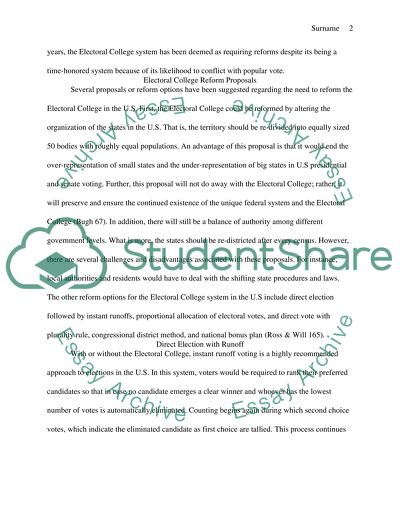Cite this document
(“Electoral College Reform Research Paper Example | Topics and Well Written Essays - 1750 words”, n.d.)
Retrieved from https://studentshare.org/education/1400444-electoral-college-reform
Retrieved from https://studentshare.org/education/1400444-electoral-college-reform
(Electoral College Reform Research Paper Example | Topics and Well Written Essays - 1750 Words)
https://studentshare.org/education/1400444-electoral-college-reform.
https://studentshare.org/education/1400444-electoral-college-reform.
“Electoral College Reform Research Paper Example | Topics and Well Written Essays - 1750 Words”, n.d. https://studentshare.org/education/1400444-electoral-college-reform.


